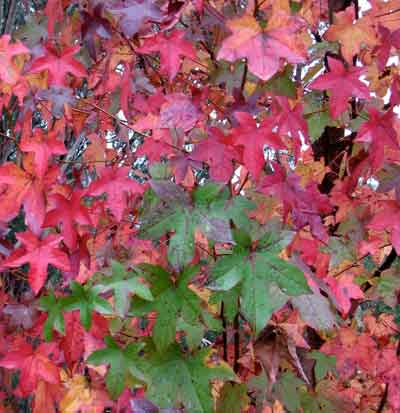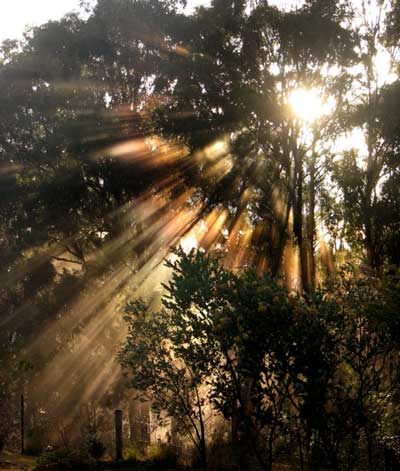 It was just on dusk when I reached Mallacoota, 23 km east of the highway. A stunningly beautiful spot, and quite a large village, but, as I discovered when I drove to the inlet foreshore, its population must explode in summer.
It was just on dusk when I reached Mallacoota, 23 km east of the highway. A stunningly beautiful spot, and quite a large village, but, as I discovered when I drove to the inlet foreshore, its population must explode in summer.
What I thought was just a pleasantly green and tree-edged park proved to be the largest camping area I have ever seen, with ‘streets’ of numbered empty sites continuing around the point. Hundreds and hundreds of sites. Rows of moorings edged the inlet itself. Mallacoota was clearly a boating and fishing paradise. Darkness was too imminent to explore further, but I vowed to get up early for the sunrise, thinking it would be over the sea, perhaps best viewed from Bastion Point.
But I was totally disoriented, for by 7am the sun was rising over the inlet itself. And what a sunrise!
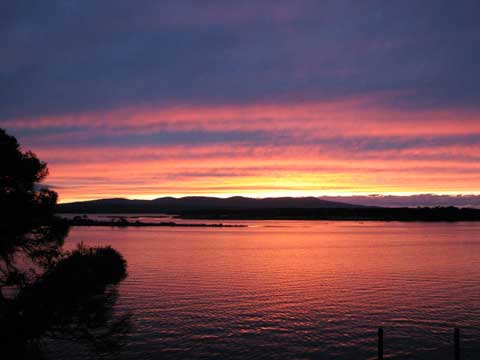

Within seconds the vivid colours had softened and, turning to where the river met the sea, I was met with almost unbelievable pinks and mauves. If I saw this on a greeting card or calendar I’d assume it had been ‘doctored’.
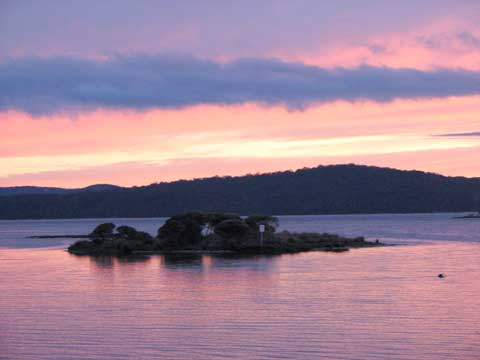
Back towards the mountains the pinks had taken hold too, with the small islands of the inlet beginning to show colours other than black.
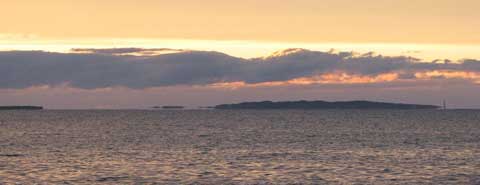
By the time I got to Point Bastion, my original destination, the sun had risen. There seemed to be islands and a lighthouse floating in the sea — or the sky? — detached and wavering, like a mirage. Gabo Island is real, so I guess that is what I was seeing.
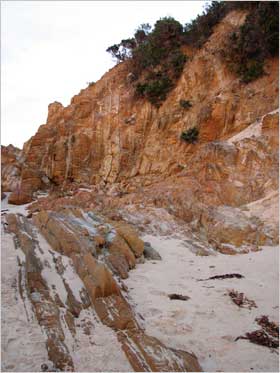 I walked around the Point itself, no easy feat, as the rocks run in long narrow spines towards the sea. I found myself walking sideways to cross them. By the time I left, there was a large yellow machine of some sort — a front-end loader? — revving up noise and black smoke, preparing to help launch several large boats. To my ignorant eyes, they looked the sort in which Hemingway types chased marlin, so I assumed deep sea fishing.
I walked around the Point itself, no easy feat, as the rocks run in long narrow spines towards the sea. I found myself walking sideways to cross them. By the time I left, there was a large yellow machine of some sort — a front-end loader? — revving up noise and black smoke, preparing to help launch several large boats. To my ignorant eyes, they looked the sort in which Hemingway types chased marlin, so I assumed deep sea fishing.
Imagine how this would be multiplied in summer. The magic of Mallacoota is best by far in winter.

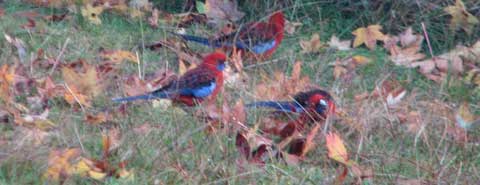
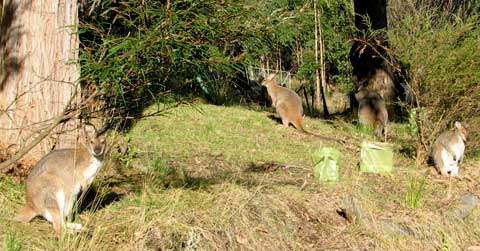
 It was just on dusk when I reached Mallacoota, 23 km east of the highway. A stunningly beautiful spot, and quite a large village, but, as I discovered when I drove to the inlet foreshore, its population must explode in summer.
It was just on dusk when I reached Mallacoota, 23 km east of the highway. A stunningly beautiful spot, and quite a large village, but, as I discovered when I drove to the inlet foreshore, its population must explode in summer.



 I walked around the Point itself, no easy feat, as the rocks run in long narrow spines towards the sea. I found myself walking sideways to cross them. By the time I left, there was a large yellow machine of some sort — a front-end loader? — revving up noise and black smoke, preparing to help launch several large boats. To my ignorant eyes, they looked the sort in which Hemingway types chased marlin, so I assumed deep sea fishing.
I walked around the Point itself, no easy feat, as the rocks run in long narrow spines towards the sea. I found myself walking sideways to cross them. By the time I left, there was a large yellow machine of some sort — a front-end loader? — revving up noise and black smoke, preparing to help launch several large boats. To my ignorant eyes, they looked the sort in which Hemingway types chased marlin, so I assumed deep sea fishing.

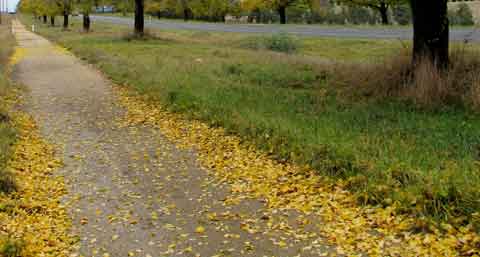
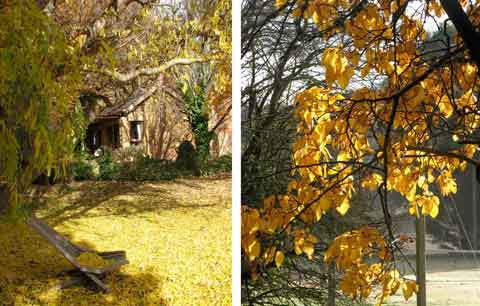
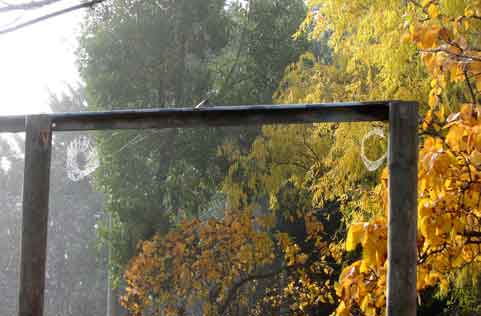
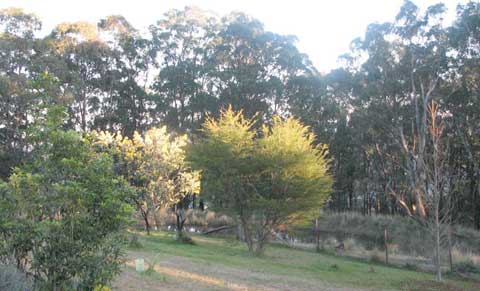 It’s a late winter dawn, too cold and too early to get up really, but, since I’m awake and I have a million things to do — I toss back the covers and start the day.
It’s a late winter dawn, too cold and too early to get up really, but, since I’m awake and I have a million things to do — I toss back the covers and start the day.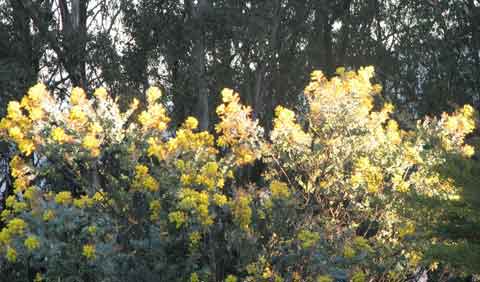 Against the still dark mid-forest, the tops of wattle trees are spotlit as becomes their role as winter garden stage stars.
Against the still dark mid-forest, the tops of wattle trees are spotlit as becomes their role as winter garden stage stars.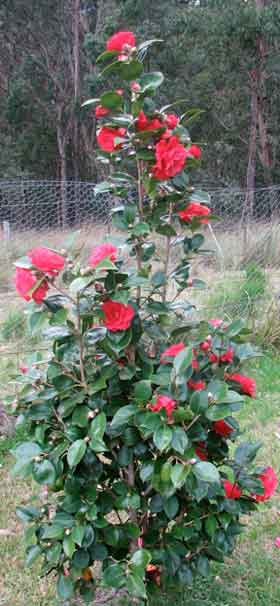 This being August, it’s still winter. Yet there’s plenty of flowers: the wattle is out, the jonquils are in full bloom and the first daffodil has opened to the spring-like warmth of the sun.
This being August, it’s still winter. Yet there’s plenty of flowers: the wattle is out, the jonquils are in full bloom and the first daffodil has opened to the spring-like warmth of the sun.
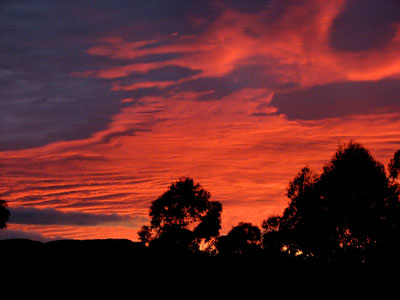
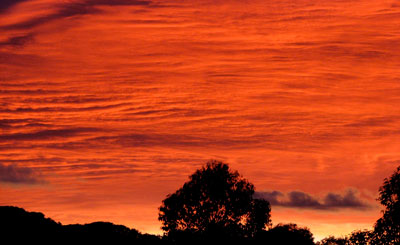
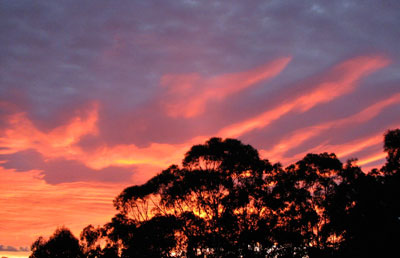
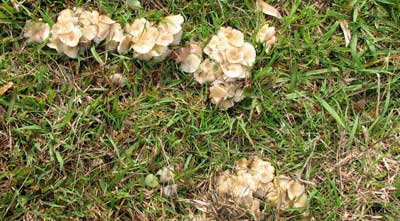
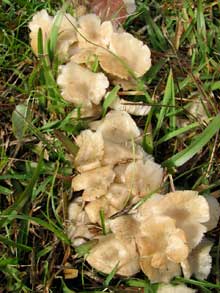 When the rain eased I went closer. Not flowers, but extremely over-populated fungi. Cream to pale caramel, delicate yet fleshy all at once, their lightly fringed caps upturn like the faces of flowers. Fighting for space and light, they fold and layer and then triumphantly open — my blooms.
When the rain eased I went closer. Not flowers, but extremely over-populated fungi. Cream to pale caramel, delicate yet fleshy all at once, their lightly fringed caps upturn like the faces of flowers. Fighting for space and light, they fold and layer and then triumphantly open — my blooms. A few days later they are still there, and then I think I see a new colony several metres away, near the leafless birch trees.
A few days later they are still there, and then I think I see a new colony several metres away, near the leafless birch trees.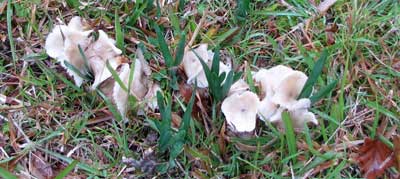
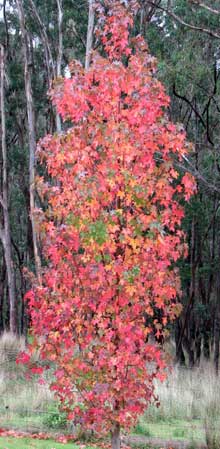 As Autumn becomes Winter, under perpetual grey skies, the intermittent thin drizzle keeps the saturated ground weeping down the hillside.
As Autumn becomes Winter, under perpetual grey skies, the intermittent thin drizzle keeps the saturated ground weeping down the hillside.